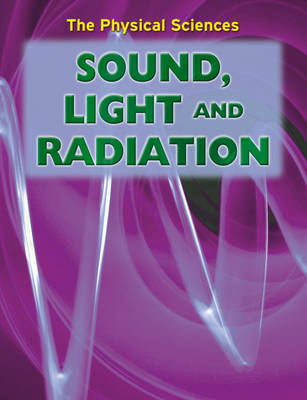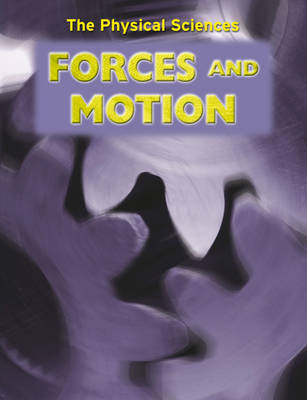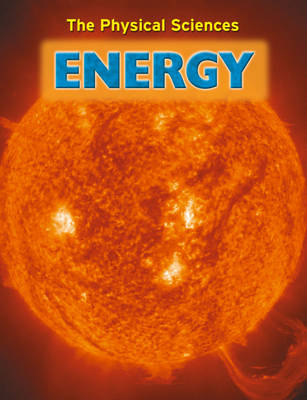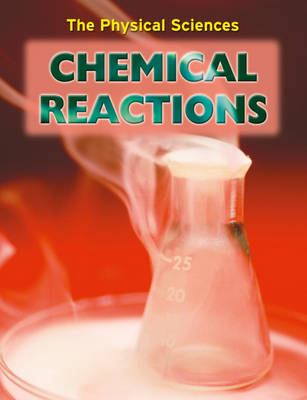The Physical Sciences
6 total works
This title explains how sound waves, light waves and electromagnetic waves move and how their frequency and wavelength can be measured. Refraction and reflection are also demonstrated with clear examples. The book explains how our eyes and ears detect some of these waves and how we have discovered those waves we can't see. The book ends with a discussion of how people are learning to use electromagnetc waves to discover more about the universe. Each title includes fascinating facts, great experiments from the past and the work of groundbreaking scientists.>
This book explains how forces such as electricity, magnetism, gravity, friction, air resistance and upthrust act and balance each other. The book explains how motion can be measured, and looks at examples of forces at work in everything from simple machines such as pulleys and levers to supersonic cars to objects in space such as planets and satellites.
This book explains in simple terms what energy is and looks at types of energy, including electrical energy, chemical energy, potential energy and kinetic energy. The book explains the ways that energy can be measured and why it is necessary to save energy. Different energy resources are introduced and compared. The book ends with a look at possible new sources of energy in the future such as nuclear fusion and biomass.
This title explains what electricity, magnetism and electromagnetism are and how they work. The complexities of electrical circuits, batteries and generators are all discussed in clear language and using familiar examples. This book also explains how electricity is measured and compares the sources of electrical energy, from traditional fossil fuels to new forms of energy such as nuclear power and biomass. Each title also includes fascinating facts, great experiments from the past and the work of groundbreaking scientists.>
This book explains what chemical reactions are, what elements, atoms and molecules are and what happens to them during chemical reactions. It explains what acids and alkalis are and how they neutralise each other, as well as their effect on substances such as metals. The book looks at how fossil fuels were formed, as well as describing the the chemical reactions that happen when we burn them. The book ends with a look at the new materials and fuels that chemists are developing.
This book explains what atoms, molecules and elements are and how they come together to form compounds. The difference between solids, liquids and gases is discussed, as well as how a substance can change from one state to another. Air pressure, diffusion, expansion and contraction are all demonstrated with useful examples. The book shows how substances can combine to form mixtures and solutions and how distillation and filtration can separate them. The book ends with a look at how scientists are using particle theory to develop new machines and materials for the future.





